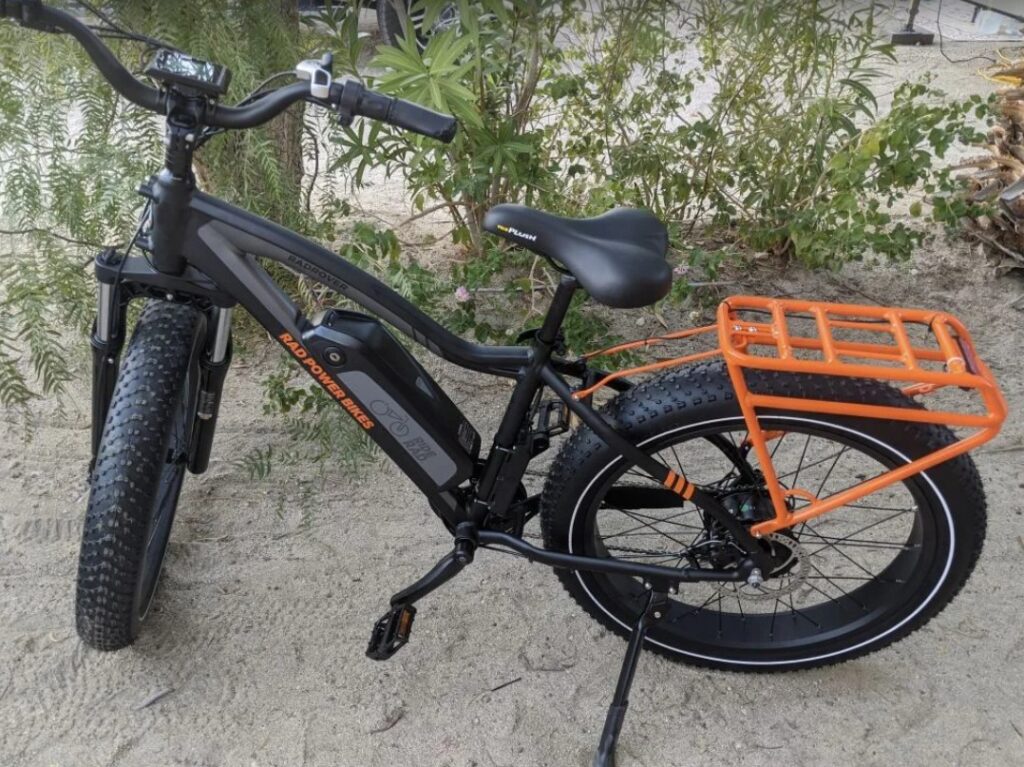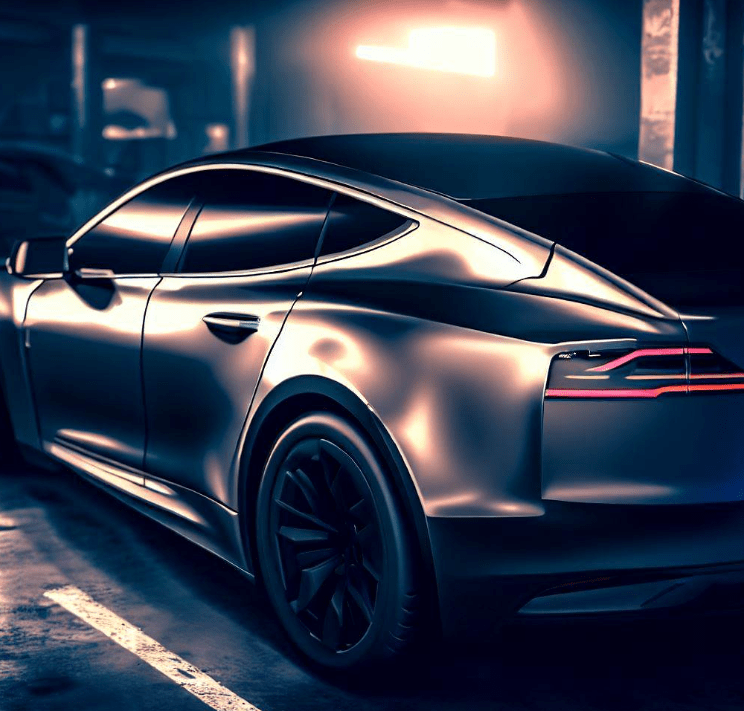Why Are Electric Bikes So Expensive? Explained
Electric bikes represent a fusion of traditional cycling and innovative technology, offering an eco-friendly alternative to conventional vehicles. The question of Why Are Electric Bikes So Expensive? touches upon various factors, from advanced technology to manufacturing costs. This article delves deep into these aspects, providing insights into the high price tag associated with electric bikes.
Key Takeaways
- Electric bikes incorporate cutting-edge technology and high-quality materials, contributing to their higher price point.
- The cost of batteries, motors, and specialized manufacturing processes significantly impacts the overall expense.
- Despite the initial investment, electric bikes offer long-term savings on transportation and environmental benefits.
Why Are Electric Bikes So Expensive?
Electric bikes are expensive due to the high cost of their batteries, advanced motor systems, quality components, and the technology that enhances their performance and durability.

The Core Reasons Behind the Cost
Advanced Technology and High-Quality Components
Electric bikes are equipped with sophisticated technology, including efficient electric motors and long-lasting batteries. These components are crucial for enhancing performance, ensuring durability, and providing a seamless riding experience.
The integration of advanced electronics, such as control systems and sensors, further adds to the cost. Manufacturers invest heavily in research and development to innovate and improve these technologies, which is reflected in the price of the final product.
Manufacturing and Production Costs
The manufacturing process of electric bikes is more complex and resource-intensive compared to traditional bicycles. The assembly of electrical components requires precision and specialized labor, which incurs additional costs.
Furthermore, the materials used in electric bikes, such as lightweight aluminum or carbon fiber frames, are more expensive than standard bike materials. This section of the manufacturing process significantly influences the final price of electric bikes.
Battery Life and Performance
One of the most expensive components of an electric bike is the battery. High-quality batteries that offer long range and durability are essential for an optimal electric bike experience. These batteries use advanced technology, such as lithium-ion cells, which are costly to produce.
The emphasis on battery life and performance is a key factor in the overall expense of electric bikes, as it ensures reliability and reduces the need for frequent replacements.
Regulatory Compliance and Safety Standards
Electric bikes must adhere to various regulations and safety standards, which can vary significantly from one region to another. Compliance with these standards requires additional testing, certification, and quality control measures.
These regulatory requirements add to the development and production costs, ensuring that electric bikes are safe and reliable for consumers.
The Value Proposition of Electric Bikes
Despite their higher upfront cost, electric bikes offer a compelling value proposition. They provide a sustainable and efficient mode of transportation, reducing reliance on fossil fuels and lowering carbon emissions.
The long-term savings on fuel, maintenance, and parking fees can offset the initial investment. Additionally, electric bikes open up cycling to a broader audience, including those who may not have considered biking due to fitness or distance challenges.
Comparison with Traditional Bicycles
When comparing electric bikes to traditional bicycles, it’s evident that the added cost comes with significant benefits. The electric assist feature allows riders to cover longer distances with less effort, making commuting and recreational riding more accessible and enjoyable.
The advanced technology and materials used in electric bikes also contribute to their durability and performance, justifying the higher price point.
How Much Should I Pay For A Good Electric Bike?
Determining how much to pay for a good electric bike depends on various factors, including the bike’s features, quality, and intended use.
On average, a reliable electric bike can range from $1,000 to $3,000 for entry-level models, with mid-range models falling between $3,000 to $5,000, and high-end models or those with specialized features (such as cargo capacity or advanced suspension systems) can exceed $5,000.

Price variations reflect differences in battery quality, motor power, frame materials, and the inclusion of advanced features like integrated lighting, GPS tracking, or high-performance components.
Investing in a good electric bike means balancing cost with quality, ensuring that the bike meets your specific needs while providing durability and a satisfactory riding experience. As technology advances and becomes more widespread, consumers have a broader range of options to consider within their budget.
Will E-Bikes Come Down In Price?
The price of electric bikes is influenced by several factors, including advancements in technology, economies of scale, and market demand. As battery and motor technology improve and become more cost-effective to produce, and as more manufacturers enter the e-bike market, prices may decrease.

Additionally, as the popularity of electric bikes grows, increased production volumes can lead to economies of scale, potentially reducing the cost per unit. However, the introduction of new features, higher quality components, and inflation can offset these reductions.
While it’s difficult to predict exact pricing trends, the overall expectation is that e-bikes will become more accessible to a wider audience over time, though significant price drops may occur gradually rather than abruptly.
Is It Worth It To Have An Electric Bike?
Owning an electric bike offers numerous benefits, making it a worthwhile investment for many people. The convenience of an e-bike allows riders to cover longer distances, climb hills more easily, and arrive at their destinations without the sweat and exhaustion associated with traditional cycling.
This makes e-bikes an attractive option for commuting, running errands, or recreational riding. Furthermore, electric bikes offer environmental benefits by reducing reliance on fossil-fueled vehicles, contributing to lower carbon emissions.
They also provide a cost-effective alternative to public transportation or personal cars, with savings on gas, parking fees, and maintenance costs. Additionally, e-bikes can encourage more people to cycle, promoting physical activity and health benefits.
The value of an electric bike ultimately depends on individual needs and priorities, such as reducing commute times, enhancing physical fitness, or committing to a more sustainable lifestyle.
Conclusion
In summary, the expense of electric bikes is justified by their advanced technology, superior materials, and the enhanced riding experience they provide. Despite the initial investment, electric bikes offer long-term savings, environmental benefits, and the potential to transform commuting habits.
As technology progresses and becomes more cost-effective, it’s hopeful that electric bikes will become more accessible, encouraging wider adoption and contributing to a greener, more efficient mode of transportation.
Frequently Asked Questions
Are there any weight limits for riding an electric bike?
Electric bikes have weight limits for both the rider and any cargo, which vary depending on the bike’s design and manufacturer. Typically, the weight limit ranges from 220 to 300 pounds (100 to 136 kilograms). It’s important to check the specific weight limit for your bike to ensure safety and optimal performance. Exceeding the weight limit can strain the motor and battery, potentially leading to decreased performance and lifespan.
Can electric bikes climb steep hills?
Electric bikes excel at climbing hills, thanks to the electric assist provided by the motor. While the ease of climbing will depend on the bike’s motor power and the steepness of the hill, most electric bikes are capable of tackling inclines that would be challenging on a regular bike. The pedal-assist feature allows riders to climb hills with less effort, making it a popular choice for those in hilly areas.
What maintenance does an electric bike require?
Electric bikes require similar maintenance to traditional bikes, such as regular checks on brakes, tires, and chains. Additionally, electrical components, such as the battery, motor, and display, should be kept clean and dry. It’s recommended to have the bike serviced regularly by a professional, especially for checks on the electrical system, to ensure everything is functioning correctly and safely.
How do you charge an electric bike, and how long does it take?
Charging an electric bike involves plugging the charger into a standard electrical outlet and connecting it to the bike’s battery. Charging times vary depending on the battery’s capacity and the charger’s output, but it typically takes between 4 to 6 hours to fully charge a depleted battery. Some models offer fast-charging capabilities that can reduce charging time.

Welcome to the exhilarating world of Matt Rex, a professional car racer turned renowned vehicle enthusiast. Immerse yourself in his captivating blog as he shares heart-pounding adventures, expert reviews, and valuable insights on cars, trucks, jets, and more. Fuel your passion for speed and discover the beauty of vehicles through Matt’s engaging stories and meticulous expertise. Join the ever-growing community of enthusiasts who find inspiration and expert advice in Matt Rex’s blog—a digital hub where the thrill of speed meets the pursuit of knowledge.

![Tesla Netflix Pardon The Interruption [Fixed In 8 Steps]](https://www.turbochaos.com/wp-content/uploads/2023/08/Tesla-Netflix-Pardon-The-Interruption.jpg)


![Car Leaking Fluid Front Passenger Side Tire [Causes + Fixed]](https://www.turbochaos.com/wp-content/uploads/2023/06/Car-Leaking-Fluid-Front-Passenger-Side-Tire-768x512.jpg)

